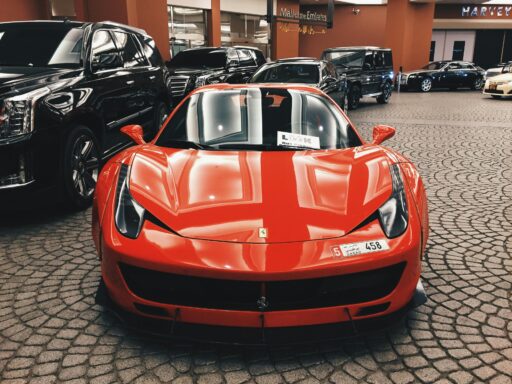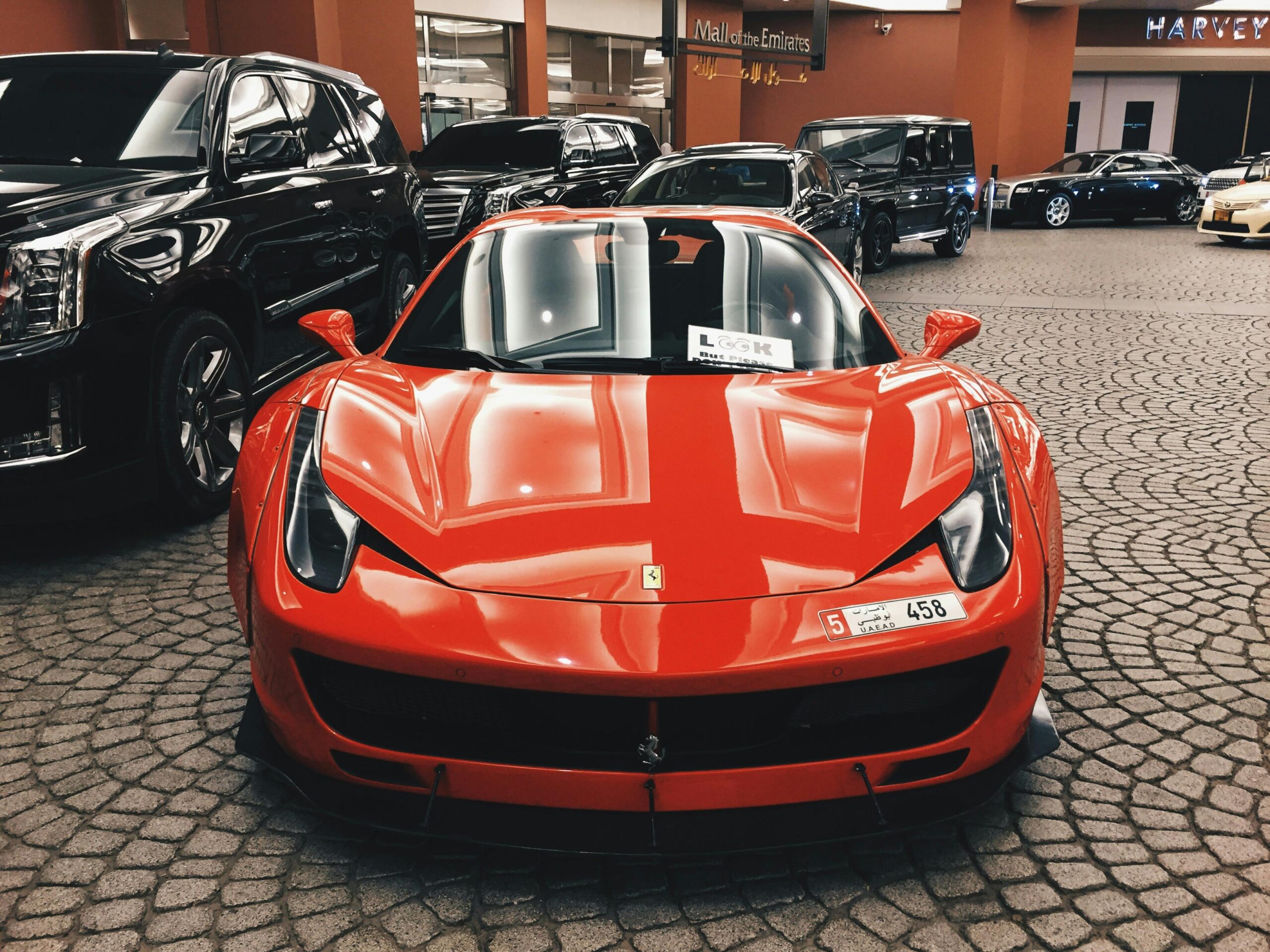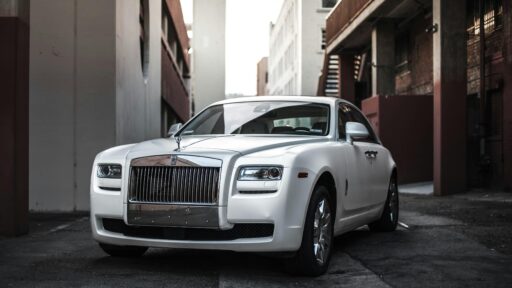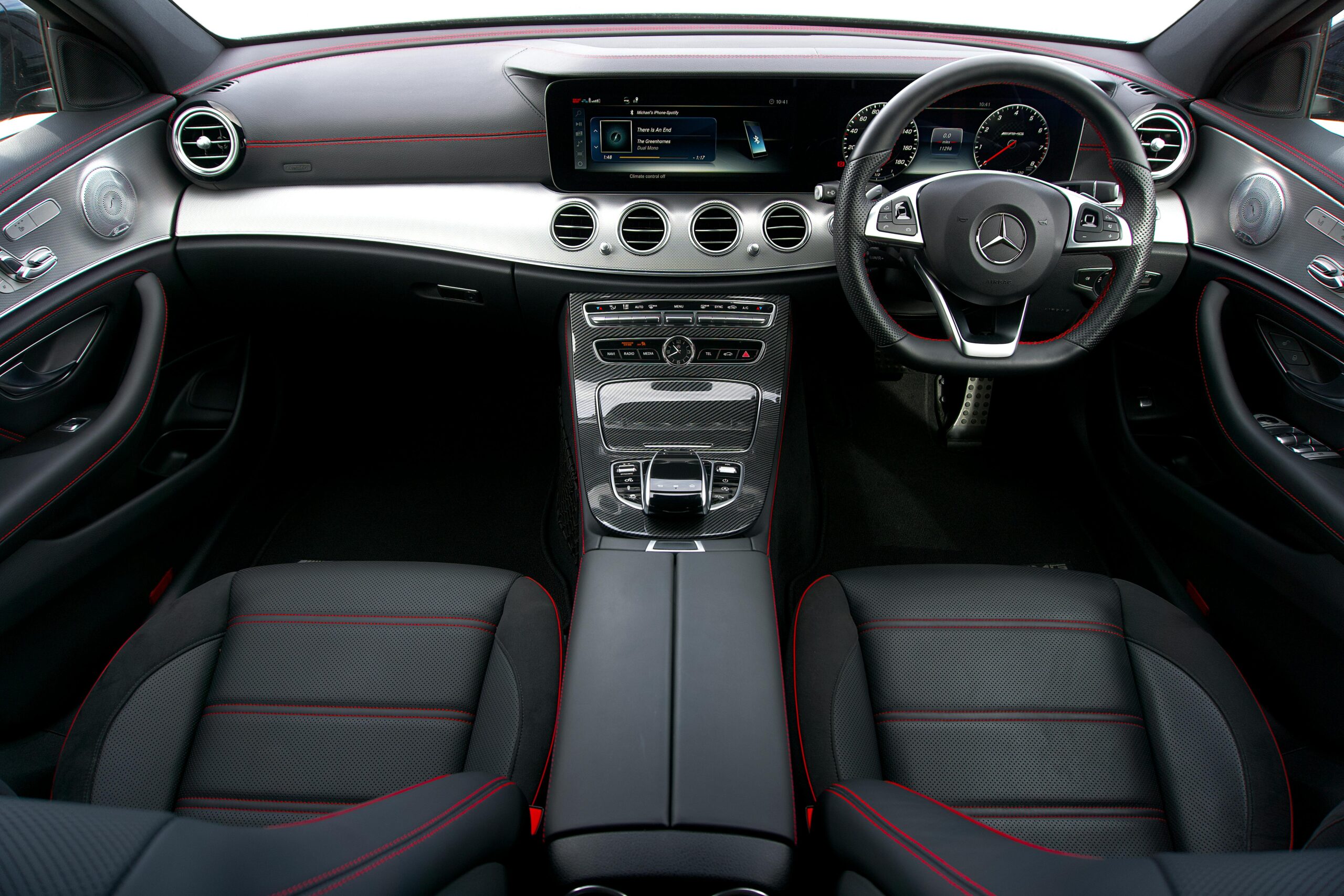Luxury cars are known for their high price tags and impressive features, but the impact of depreciation on these vehicles is often overlooked by buyers.
In this guide, we explore the factors that affect luxury car depreciation and the various stages it goes through. We also provide tips to minimize depreciation, discuss its impact on car insurance and leasing, compare depreciation trends with regular cars, and analyze the role of warranties.
Stay tuned for key takeaways to help you navigate the world of luxury car ownership.
Key Takeaways:
- Luxury cars depreciate at a much faster rate than regular cars due to various factors such as brand reputation, technology, and market demand.
- To minimize luxury car depreciation, consider purchasing a certified pre-owned car, maintaining low mileage, and avoiding customized features.
- Understanding the impact of depreciation on car insurance and leasing can help make more informed decisions about owning a luxury car.
Factors Affecting Depreciation
Numerous essential factors influence the depreciation of automobiles, encompassing brand reputation, mileage, vehicle condition, and broader economic considerations.
The reputation of a brand plays a substantial role in determining the rate of depreciation for luxury vehicles. Luxury brands renowned for their quality and reliability tend to retain their value more effectively over time. Conversely, brands with questionable reputations may experience accelerated depreciation.
Furthermore, mileage constitutes another critical element, with higher mileage typically correlating with elevated depreciation rates due to the heightened wear and tear on vehicle components. The preservation of a luxury vehicle’s value hinges on maintaining it in peak condition through routine servicing and maintenance.
Additionally, economic variables, such as market demand and prevailing interest rates, can exert a significant influence on depreciation rates.
The Different Stages of Depreciation
The process of car depreciation is a multi-stage phenomenon, with each stage marked by a distinct rate of decrease in the vehicle’s worth.
Initially, a newly purchased car encounters its most rapid decline in value, experiencing a significant reduction in its monetary worth immediately upon leaving the dealership. This initial phase is commonly termed as ‘instant depreciation,’ contributing to a potential loss of approximately 20% of the car’s value within the first year of ownership.
Subsequently, the second phase of depreciation witnesses a deceleration in the rate of decline as the vehicle matures. Various factors such as mileage, wear and tear, market demand, and the overall condition of the car are pivotal in determining the degree of depreciation experienced at different stages.
Minimizing Luxury Car Depreciation
Reducing the depreciation of luxury vehicles is essential for preserving their value in the long term, and there exist various strategies that owners can implement to accomplish this goal.
Tips and Strategies
For reduce car depreciation, it is imperative to implement specific tips and strategies that are focused on preserving the vehicle’s condition and effectively managing mileage.
Regular maintenance plays a pivotal role in ensuring the optimal condition of your luxury automobile. Adhering to the service schedule recommended by the manufacturer enables early detection and resolution of potential issues, thereby averting costly repairs. Additionally, maintaining cleanliness both internally and externally not only enhances the aesthetic appeal of the vehicle but also safeguards the paint and interior from deterioration. Limiting excessive mileage contributes to maintaining the resale value of the vehicle, as lower mileage is typically indicative of a well-preserved and gently used luxury car.
Understanding the Impact of Depreciation
Having a comprehensive understanding of car depreciation is essential for luxury vehicle owners, as it has a significant impact on various factors including the resale value of the vehicle, car insurance premiums, and leasing terms.
On Car Insurance
The depreciation of a car directly influences the premiums of car insurance, correlating with the gradual decrease in the vehicle’s value.
This association between car depreciation and insurance premiums is of paramount importance for policyholders to comprehend. Insurance providers utilize the current value of the vehicle as a significant determinant in the calculation of coverage costs.
As a car depreciates in value, the potential expense for repair or replacement also diminishes, prompting insurers to modify the premiums accordingly. Consequently, as the vehicle matures and its worth diminishes, the insurance premiums typically decrease to mirror the reduced financial risks for the insurer.
It is imperative for car owners to take into account the impact of depreciation on their insurance expenditures when making decisions regarding coverage and budget allocation.
On Leasing
Depreciation plays a critical role in the determination of lease inclusion amounts and the overall cost associated with leasing a luxury vehicle.
Through the process of depreciation, the value of a luxury car decreases over time, thereby affecting the financial implications of a lease. When leasing a luxury vehicle, the depreciation that occurs during the lease term is a fundamental factor in the computation of monthly lease payments. The calculation of lease inclusion amounts takes into consideration the projected depreciation of the vehicle. This is of utmost importance as it directly impacts the residual value, which denotes the estimated value of the car at the conclusion of the lease agreement. A comprehensive understanding of how depreciation influences these elements is essential for both the lessor and the lessee.
Depreciation Specifics for Luxury Cars
Depreciation of luxury vehicles adheres to distinct patterns that deviate from those observed in standard automobiles, influenced by factors specific to high-end vehicles.
Comparison with Regular Cars
When considering the depreciation rates of luxury cars in comparison to regular cars, it is evident that luxury vehicles often exhibit distinct depreciation patterns influenced by various factors, such as their initial high value and brand recognition.
Luxury cars, characterized by their elevated price tags, commonly undergo a slower rate of depreciation in contrast to regular vehicles. This phenomenon can be attributed, in part, to the exclusivity and premium features offered by luxury brands, which contribute to the preservation of their value over time. It is important to acknowledge that luxury cars typically entail higher maintenance and repair costs, which can impact their overall depreciation trajectory.
Conversely, regular cars, being more widely produced and readily accessible, frequently experience faster depreciation as a result of market oversaturation and diminished demand for pre-owned vehicles.
Depreciation Trends
The trends of depreciation in the luxury car market can be influenced by a variety of economic factors, such as fluctuations in market demand and shifts in tax legislation.
Market demand plays a pivotal role in determining the depreciation rates of luxury vehicles. When there is a high demand for a specific model, its resale value is likely to maintain stability over time. Conversely, if a luxury car experiences diminished demand due to factors such as changing consumer preferences or the introduction of newer, more appealing models, its rate of depreciation may accelerate.
Furthermore, modifications in tax laws, such as alterations to tax credits or deductions associated with luxury vehicle ownership, can also have an effect on depreciation. Understanding the complex interplay between market dynamics, tax regulations, and economic circumstances is essential for accurately forecasting the future depreciation rates of luxury cars.
Warranty’s Role in Luxury Car Depreciation
The presence of a comprehensive warranty can serve as a key factor in alleviating the depreciation of luxury vehicles by ensuring the continued optimal condition of the vehicle.
Not only does a robust warranty offer financial security, but it also imparts a sense of reassurance to luxury vehicle owners. By encompassing a range of repair and maintenance tasks, warranties aid in upholding the pristine state of the high-end automobile. This, subsequently, aids in upholding the vehicle’s value over time and curbing the overall depreciation rates. Through the support of a dependable warranty, luxury car owners are able to derive prolonged benefits from their investment, rendering it an imperative element in upholding the elegance and worth of their vehicles.
Key Takeaways
Key points to consider in minimizing car depreciation encompass comprehending the factors influencing depreciation, incorporating maintenance strategies, and taking into account the distinctive attributes of luxury automobiles.
Factors such as mileage, age, market demand, and overall condition play a critical role in determining the rate of depreciation for a luxury vehicle. Consistent maintenance, meticulous service records, and the utilization of authentic parts can significantly elevate the vehicle’s resale value. Given the substantial initial cost associated with luxury cars, it is imperative to allocate resources towards proper maintenance and servicing to maintain long-term value retention.
Remaining abreast of market trends, technological advancements, and potential updates in model releases can aid owners in making informed decisions to preserve the value of their luxury automobiles.
Frequently Asked Questions
1. What is luxury car depreciation?
Luxury car depreciation is the decrease in value of a high-end vehicle over time. It is a natural occurrence that affects all cars, but luxury cars typically experience a greater rate of depreciation due to their higher initial costs.
2. How does luxury car depreciation differ from regular car depreciation?
Luxury car depreciation differs from regular car depreciation in terms of rate and value. Luxury cars tend to depreciate at a faster rate, and their initial cost is significantly higher than regular cars, resulting in a larger decrease in value over time.
3. What factors contribute to luxury car depreciation?
Several factors contribute to luxury car depreciation, including market demand, brand reputation, model popularity, and vehicle condition. Additionally, new technology and design advancements can quickly render older luxury cars less valuable.
4. Is there any way to minimize luxury car depreciation?
While all cars will experience some level of depreciation, there are steps you can take to minimize the impact on your luxury car. This includes properly maintaining your vehicle, choosing popular models and brands, and avoiding excessive customization.
5. How can understanding luxury car depreciation benefit me?
Understanding luxury car depreciation can benefit you by helping you make informed decisions when purchasing or leasing a high-end vehicle. It can also help you budget for future expenses, such as potential repairs or trade-ins.
6. Are there any tax benefits to owning a luxury car that has depreciated?
Yes, there can be tax benefits to owning a luxury car that has depreciated. The IRS allows for deductions based on the depreciation of the vehicle, which can be beneficial for business owners who use their luxury car for work purposes. However, it is best to consult a tax professional for specific guidance in your situation.
Subscribe today for the freshest car news delivered to your inbox




